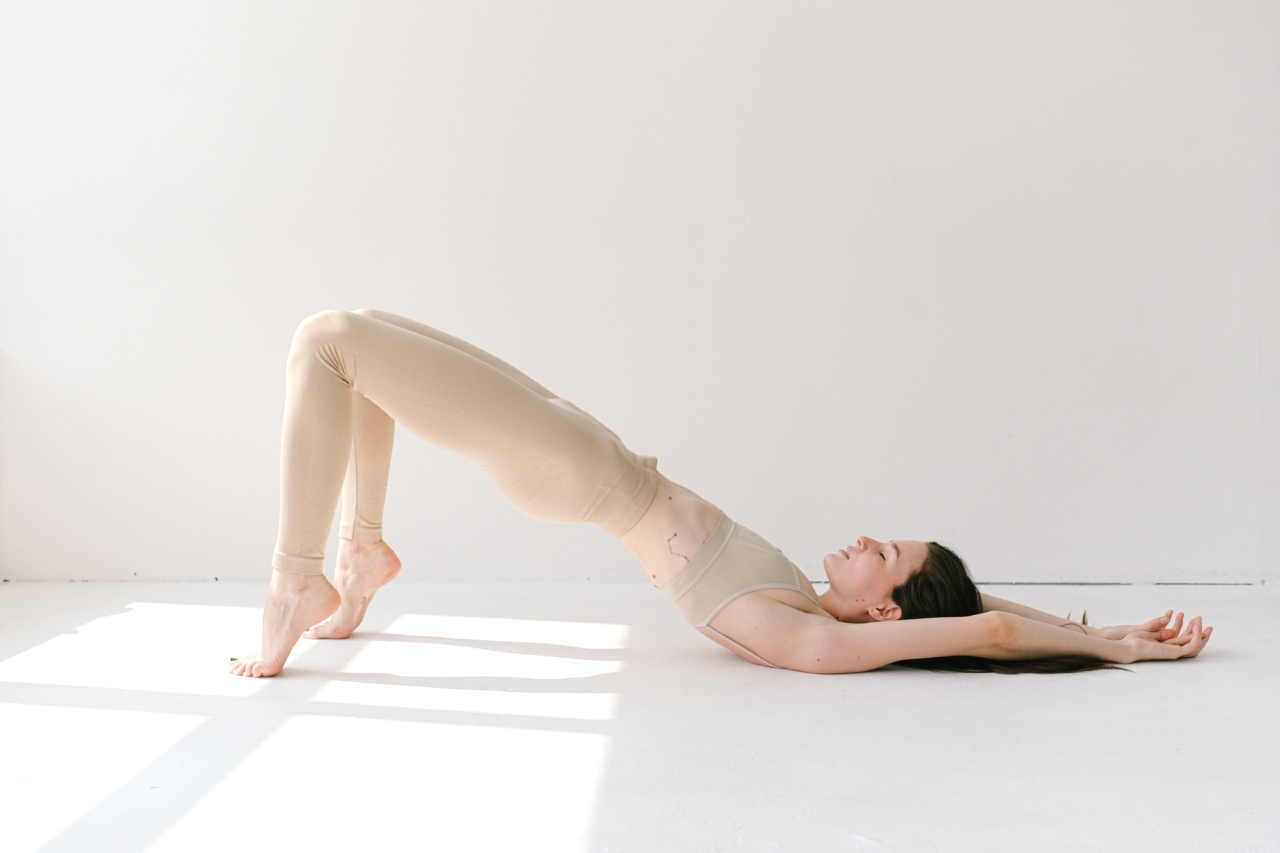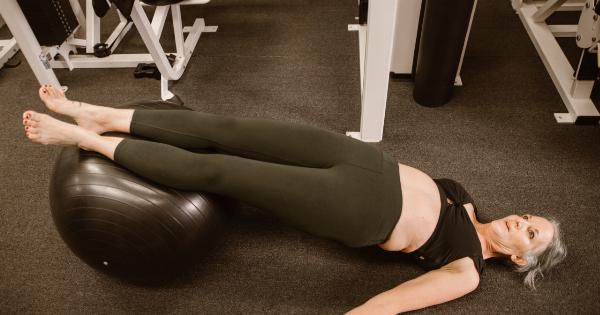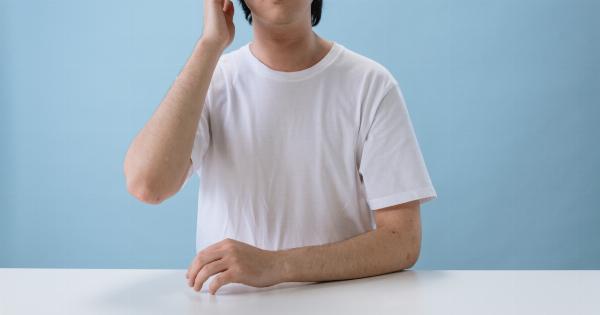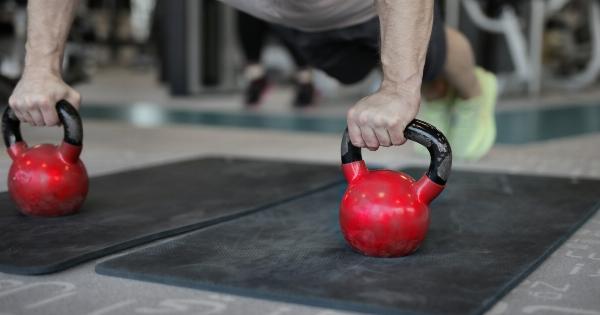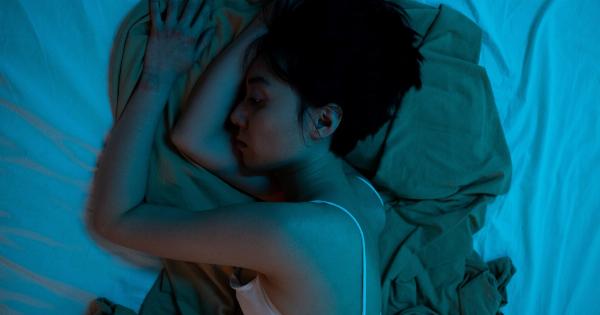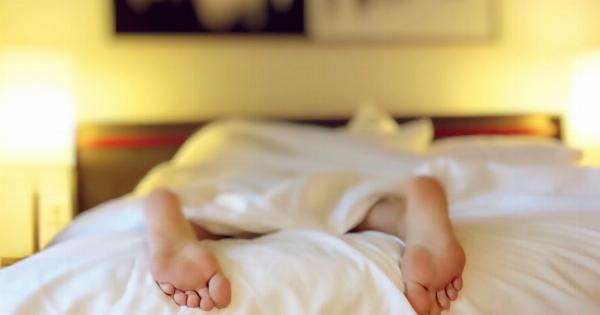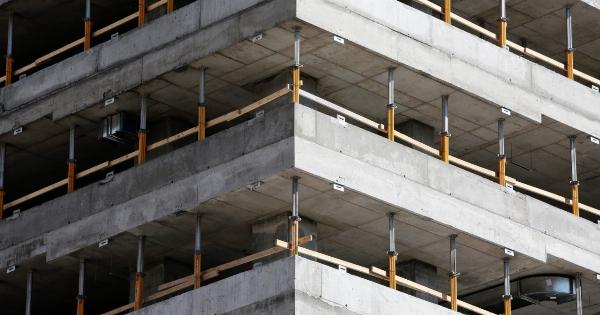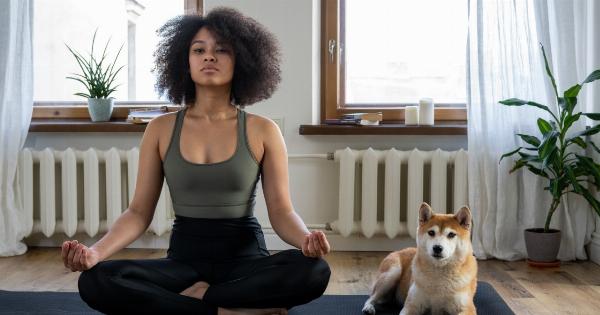Menopause is a natural biological process that marks the end of a woman’s reproductive years. However, it can also bring about a host of physical and emotional symptoms that can impact daily life.
Symptoms such as hot flashes, night sweats, mood swings, and fatigue can make it difficult to maintain an active lifestyle. Pilates is a low-impact form of exercise that can help alleviate some of these symptoms and provide a host of other health benefits.
What is Pilates?
Pilates is a form of exercise that was developed by Joseph Pilates in the early 20th century. It is a low-impact form of exercise that focuses on strengthening the core muscles through a series of controlled movements.
Pilates is designed to improve flexibility, balance, and posture. The exercises are typically performed on a mat or using specific equipment such as a Pilates reformer.
How Pilates Can Help with Menopause Symptoms
Menopause symptoms can be challenging to manage, but Pilates can provide a range of benefits that can help alleviate some of the physical and emotional symptoms of menopause. Here are a few ways that Pilates can be beneficial:.
- Reduced Hot Flashes: Exercise, in general, can help reduce hot flashes, and Pilates is no exception. Pilates can improve circulation and help regulate body temperature, which can help reduce the frequency and intensity of hot flashes.
- Improved Mood: Pilates is a low-impact form of exercise that can help boost mood and decrease stress and anxiety. Menopause symptoms can be emotional, and Pilates can help provide relief by promoting relaxation and a sense of well-being.
- Muscle Strengthening: Menopause can cause a decrease in muscle mass and bone density, which can result in joint pain and osteoporosis. Pilates can help strengthen muscles and bones, which can help alleviate these symptoms and reduce the risk of bone fractures.
- Better Sleep: Menopause can cause sleep disturbances, but Pilates can help improve sleep quality by promoting a relaxed state of mind and reducing cortisol levels.
- Improved Flexibility: Hormonal changes during menopause can cause joints to stiffen and become less flexible. Pilates can help maintain and improve flexibility, which can reduce the risk of injury and enable a greater range of motion.
Best Pilates Exercises for Menopause
Pilates exercises can be modified to suit different fitness levels and health conditions. Here are some of the best Pilates exercises for menopause:.
- Bridging: This exercise targets the glutes and the lower back muscles, which can help alleviate back pain and strengthen the pelvic floor muscles. To perform the exercise, lie on your back with your knees bent and feet flat on the ground. Slowly lift your hips off the ground, keeping your back straight, and hold the position for a few seconds before lowering back down.
- Plank: The plank targets the core muscles, which can help improve balance and stability. To perform the exercise, start in a push-up position, with your arms straight and your body in a straight line. Hold the position for up to 30 seconds, or as long as you can without compromising form.
- Standing Leg Work: This exercise targets the leg muscles and can help improve balance and stability. To perform the exercise, stand with your feet hip-distance apart. Lift one leg off the ground and hold for a few seconds before lowering back down. Repeat on the other side.
- Chest Opener: Menopause can cause poor posture, but the Chest Opener exercise can help elongate the spine and improve posture. To perform the exercise, sit cross-legged on the ground and place your hands on the back of your head. Slowly lift your elbows and arch your back, feeling a stretch in your chest and upper back. Hold the position for a few seconds before releasing.
- Spine Stretch: This exercise stretches the back muscles and can help alleviate tension and improve flexibility. To perform the exercise, sit on the ground with your legs extended in front of you. Place your hands on your shins and slowly round your back, reaching your hands towards your feet. Hold the position for a few seconds before releasing.
How Often Should You Do Pilates?
It is recommended that adults engage in at least 150 minutes of moderate-intensity aerobic exercise per week, in addition to muscle-strengthening activities at least two days a week.
For menopausal women, it is recommended to participate in a combination of cardiovascular exercise and low-impact activities, such as Pilates.
Conclusion
Menopause can bring about many physical and emotional changes, but Pilates can help alleviate some of the symptoms and provide a range of other health benefits.
Pilates can improve flexibility, balance, and posture, and can help strengthen muscles and bones. By incorporating Pilates into your exercise routine, you can create a healthier, more active lifestyle.
